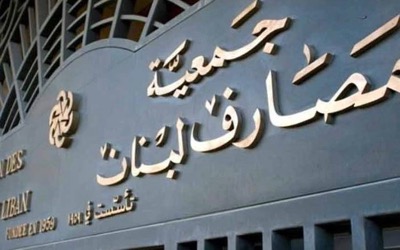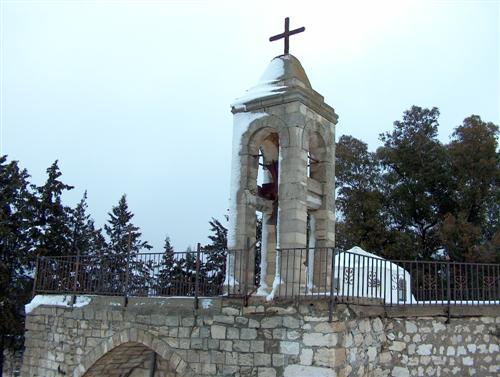
by al-monitor.com - Adam Lucente -- Lebanese officials devalued their currency on Wednesday amid the ongoing economic crisis. The devaluation is still well below the dollar exchange rate on the street, and multiple rates remain in place in Lebanon. Lebanon’s central bank, Banque Du Liban, lowered the official exchange rate to the US dollar from 1,507 to 15,000 pounds, multiple outlets reported. Bank governor Riad Salameh told Reuters Tuesday that the move constitutes an effort to unify different exchange rates in the country. What it means: The official 1,507 rate for the Lebanese pound was in place from 1997 until now. The rate on the street correlated to the official rate until 2019 when the Lebanese economic crisis began. Since then, the Lebanese pound has lost more than 90% of its value on the parallel street exchange market.
The pound, aka lira, has been falling even more on the street in recent weeks. On Wednesday, one US dollar traded at more than 62,000 pounds. The new official rate therefore does not resemble the rate the public is using, despite the devaluation decision. The official rate and the street rate are two of several dollar-to-lira exchange rates in Lebanon. Banque Du Liban’s Sayrafa rate, which is used for international card payments, ATMs and e-commerce, remains at 38,000 to the dollar, the bank said in a statement Tuesday. There are also separate rates for fuel prices, public sector salaries and other things, according to The Associated Press.
Why it matters: Having so many exchange rates has negative effects on the economy, according to one Lebanon-based financial adviser. “Multiple exchange rates generally distort incentives in an economy and leave room for corruption and favoritism — who can benefit from the preferential rate offered by the central bank and who cannot,” Mike Azar told Al-Monitor. Azar added that financial institutions can use the fact that the official rate is below the street rate to “offload massive financial sector losses onto the general public.” This is because banks can give depositors their money back at the official rate, which is lower than the actual rate.
Mismanagement of funds and capital controls left most Lebanese people unable to access their savings in banks. There were several armed holdups of banks in Lebanon last year as people desperately sought to access their money. Banks will use the 15,000 rate, according to Reuters. The Lebanese Finance Ministry first announced plans to devalue the official exchange rate back in September. Azar also pointed out that Banque Du Liban has at times in the past allowed depositors to withdraw foreign currency deposits at a below market rate.
Know more: The International Monetary Fund and Lebanon tentatively agreed on economic reforms last year to pave the way for a relief package. One of the conditions was to unify the currency, according to The Associateed Press. Lebanon is also experiencing massive price increases of staple goods amid the crisis, prompting protests in Beirut, and an immigration wave out of the country. Read more: https://www.al-monitor.com/originals/2023/02/explainer-what-behind-lebanons-new-exchange-rate#ixzz7s81cidnR
.jpg)




